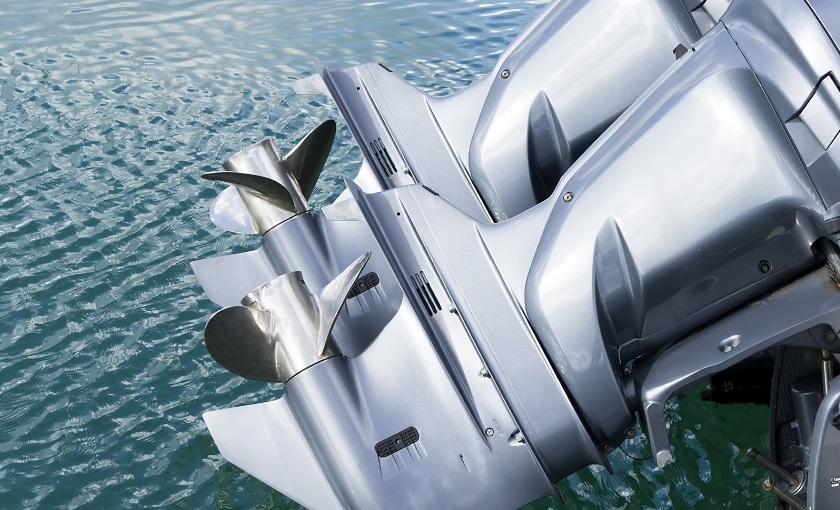A well-maintained boat propeller will help keep your boat fuel-efficient, easy to steer and safe for passengers. Here’s how to find out if it’s time to repair or replace your boat propeller, and how to keep it in good working order.
How often should your boat propeller be checked?
A propeller check should be in your pre-launch checklist. Another good time to check the integrity of your boat’s propeller is immediately after you’ve hauled it out of the water. This will save your next trip from being delayed by last-minute repairs.
What are the signs that a propeller is damaged?
Start by closely scrutinising the surface of the propeller blade for dents and missing material, and the tip of each blade for warping or curling. These are usually easy to spot, but a bent blade may not be so obvious. One of the telltale signs is excess vibration when you are slicing through the water.
On land, you can find out if a blade is deviating from its correct position by turning the propeller until the blade is pointing upwards. Then measure how far its outermost edge is from a fixed point, using a ruler or tape measure held at right angles against a rigid surface. On an outboard, this can be the anti-ventilation plate. If it’s an inboard motor, you can use the lower hull.
Minor nicks and scratches can be filed down or filled in, but be careful not to remove too much material as this can throw the propeller out of balance. Major repairs should be carried out by a prop shop with the right equipment and expertise to tune and balance the propeller and restore it to good working condition.
What are the steps for conducting a propeller check?
It isn’t just the propeller blades that can become worn and sustain damage. Also be sure to check the following at the start (and finish) of the boating season:
- Prop shaft: Excess vibration while in the water can also indicate a bent prop shaft. This can damage the motor’s bearing and seals, so have it inspected by an expert repairer as soon as possible.
- Hub and seals: The hub effectively functions as a shock absorber, protecting the motor drive train during gear changes and if the propeller collides with another object. It should be inspected every two to three years and replaced if it looks worn. Shaft seals are also vulnerable to damage (from fishing lines, for example) and should also be checked for tears, cracks or leakage.
Don’t get marooned. For more essential motor boat safety tips, see our advice on how to do a boat launch safety check.





